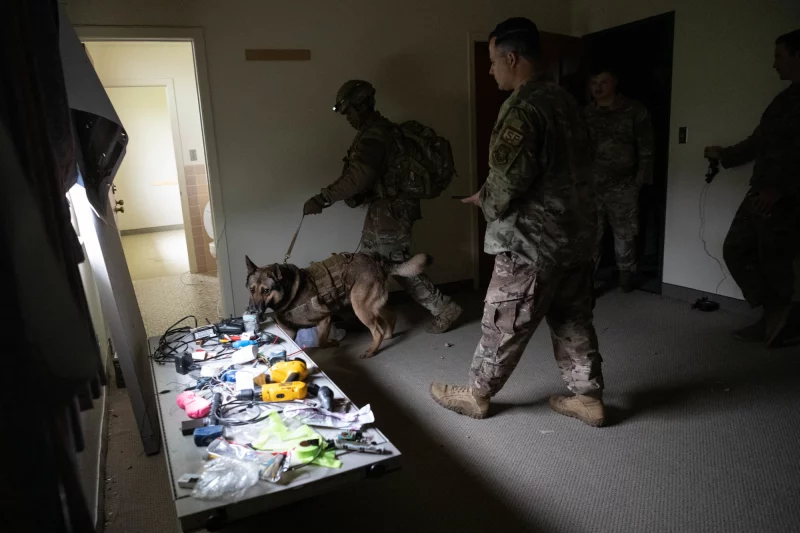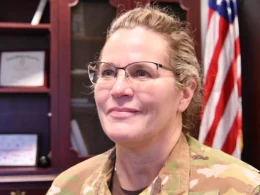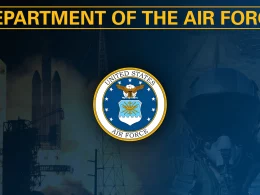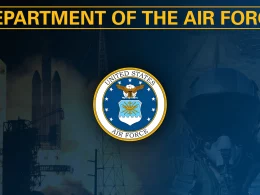TRAVIS AIR FORCE BASE, Calif. – The 60th Security Forces Squadron military working dog unit conducted K-9 explosive detection training with Defenders from Beale Air Force Base, California, as well as local and federal law enforcement agencies Nov. 9, 2021, at Travis AFB, California.
The training also included Travis AFB’s explosive ordnance disposal technicians along with representatives from the Federal Bureau of Investigation; Transportation Security Administration; Bureau of Alcohol, Tobacco, Firearms and Explosives; Federal Reserve; Homeland Security; LRE3 Consulting and the Sacramento County Sherriff’s Office.
Travis AFB EOD technicians helped set up the scenarios and placed various improvised explosive devices at the training site.
“This training allows the K-9 teams to imprint on various types of explosives that they wouldn’t (normally) get the chance to utilize or find that our adversaries and terrorists use around the world somewhat on a regular basis,” said Lee Witkowski, Federal Bureau of Investigation bomb technician team leader. “So this definitely gives them a leg up in detecting those types of explosives and thus mitigating those type of threats.”
Working with local law enforcement agencies allowed Travis AFB Defenders to learn more about other K-9 team units and their proficiencies.
“I think it’s critical for everyone – military, law enforcement, whoever has a K-9 detection team – to train together because if we get some type of incident, let’s say on base or even off base, in which one of the units responds, they know what to expect,” Lee explained. “They know what the other teams’ capabilities are, like how their dogs work. They can talk to each other and they can figure out their protocols. It’s great for information sharing.”
One of the objectives of the training is to put the trainees through certain amounts of physical and mental stress.
“When (officers) respond to an actual bomb threat, it takes a toll on them,” said Staff Sgt. Daniel De Leon, 60th Security Forces Squadron kennel master. “That’s why it’s essential that we put our handlers in these particular situations. The main goal of this training is to have all teams exposed to these types of threats and be able to counter so when they encounter an IED, they know how to respond properly. That way, the team themselves can come back alive and not be a casualty.”
According to De Leon, the best offense is a good defense, and the base’s defense is not solely Travis AFB, but also the adjoining communities that share the region.








